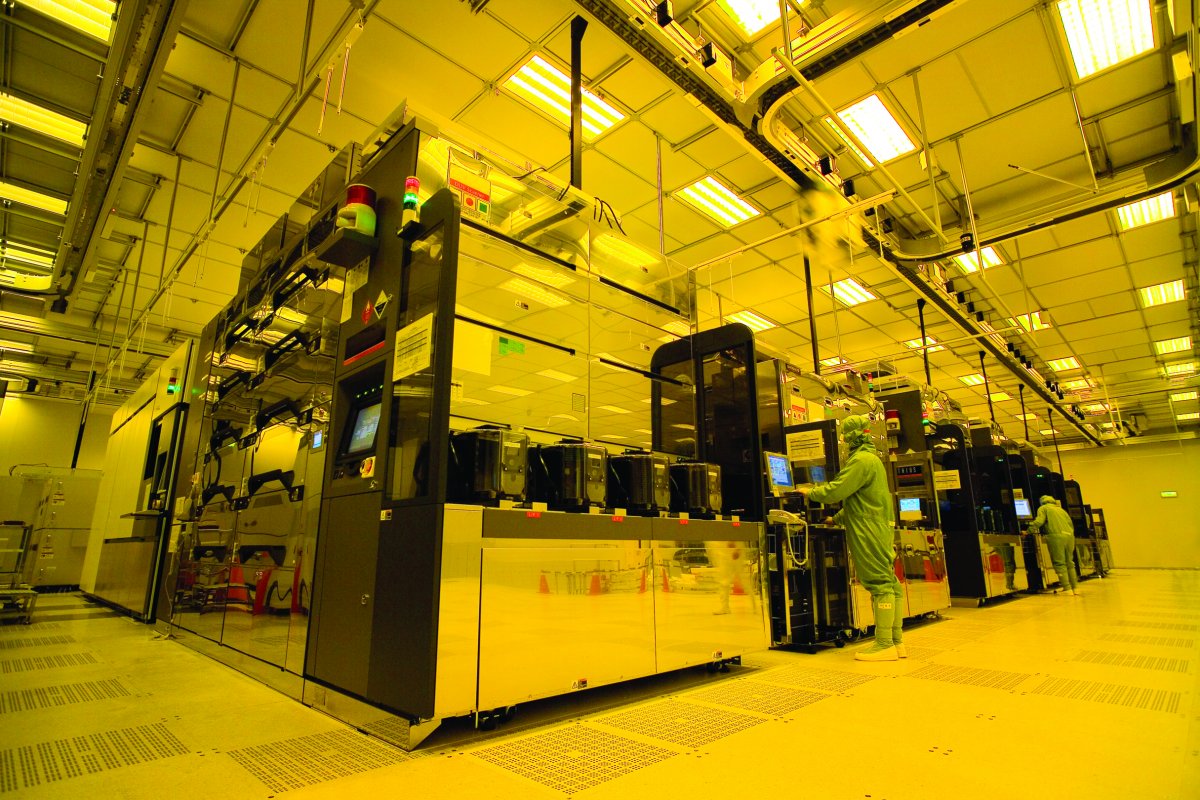Apple is reportedly planning to use two different production processes for its upcoming iPhone system on a chip (SoC). According to rumors circulating in Asia, Apple plans to initially manufacture the A17 Bionic using the 3-nanometer process known as N3B, provided by Taiwan Semiconductor Manufacturing Company Limited (TSMC). Afterwards, they intend to switch to the cheaper N3E process, which is expected to result in a higher chip yield and lower production costs.
The A17 Bionic is expected to debut in the iPhone 15 Pro and 15 Pro Max, possibly also in the 15 Pro Ultra, scheduled to be released in September. However, the manufacturing process seems to be challenging, as evidenced by Apple’s continued use of the M2, created using the 5 nm process, in the new MacBook Air 15, despite having been available for a year. TSMC reportedly faced difficulties achieving high yield rates in April.
The 3 nm process offers the promise of increased transistor density and overall efficiency. Full production of the A17 Bionic is set to begin in the second half of the year, and TSMC is simultaneously working on 3 nm production for other customers such as Nvidia, Intel, and AMD. Additionally, TSMC is preparing to build the first M3 SoCs for Apple’s Mac lineup, which will also utilize the 3 nm process.
According to the Weibo expert, Apple plans to start with TSMC’s initial 3 nm process, N3B, but intends to switch to the newer N3P process as early as 2024. This transition is expected to simplify manufacturing and save costs for Apple. N3P, despite offering lower transistor density and potentially reduced efficiency due to fewer EUV (extreme ultraviolet) layers, is anticipated to increase yield rates. The first A17 Bionic using the N3E process is speculated to be featured in the iPhone 16 family, slated for release in 2024.
For Apple, the adoption of the new process will necessitate an internal reformat of the SoC structure. In the worst-case scenario, the initial A17 Bionic may retain an older internal design resembling the A16 Bionic found in the iPhone 14 Pro and 14 Pro Max.
Overall, Apple’s adoption of multiple production processes reflects their aim to optimize chip efficiency, yield rates, and cost-effectiveness in their upcoming iPhone models.



